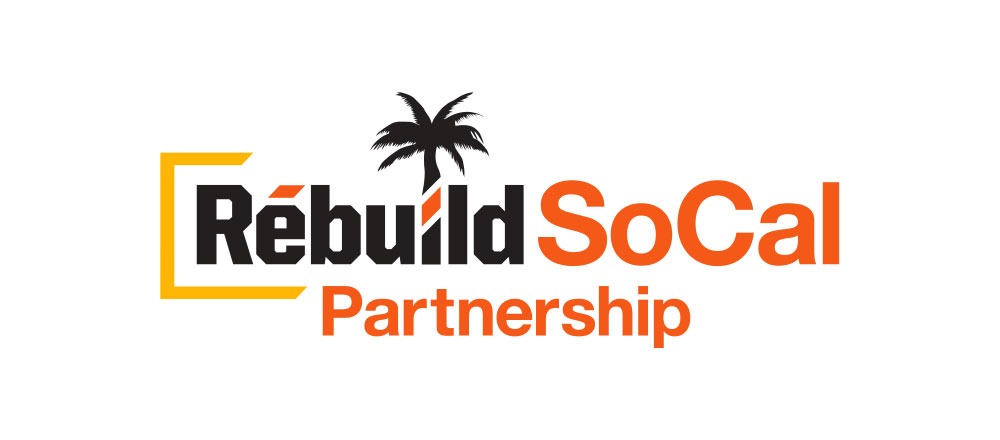Possible Solutions for Getting Through Drought
If you spend any amount of time on social media, you’ll find that just about everyone has something to say about California’s 2021 water crisis. Many people declare that the state has certainly seen horrible drought in the past in the same way it has seen huge rainfall totals.
History shows that it rained so much starting in late 1861 that by February 1862, water created somewhat of an inland sea that stretched nearly 300 miles and forced the state capital to move from Sacramento to San Francisco. But that was then and now climate change is altering weather patterns. Today’s dry spells are followed by additional dry spells.
Why is it so bad right now?
“The word drought just doesn’t do it anymore,” said John Fleck, a professor in water policy at the University of New Mexico. “It’s just a different world now with less water and warmer temperatures.”
California and other Western states depend on snowpack for a good portion of their water supply. The region has had below average precipitation for many years now. Snowpack was “below normal” again this year.
Typically, whatever water comes from the snow melt travels down to reservoirs like Lake Mead and Lake Powell. However, soaring temperatures are evaporating a lot of that water. What’s left goes to the soil, which is now much drier and soaking up more water. That means less water actually gets captured in the reservoirs.
For a state that is 59% desert, if the population is going to survive, we’ve got to find solutions for keeping the most precious resources flowing even if they are complicated or expensive. Here are some concepts.
Conservation
Now more than ever, we must become aware of how wasteful we can be. Americans use more water per capita than any other country. The U.S. uses more than Poland, France, and Spain combined; three times as much as China and 14 times more than Denmark. In Senegal, the average use is 7 gallons per person per day compared to an American’s average of 82 gallons of water a day. That’s less than what the average American uses to take a shower.
For decades Californians have become accustomed to reminders to take short showers, turn off the tap when brushing your teeth, and only run the dishwasher when it’s full. While we don’t like being reminded, those small tips all add up and make a difference.
Here are other ways individuals can make an impact:
- Use a bucket in the shower. Capture water that’s usually wasted while warming up. That water can be used to flush the toilet or water plants.
- Check for leaks. A dripping faucet or running toilet can waste up to 200 gallons of water a day.
- Get new appliances. Switch to a clothes washer or toilet that uses less water. Many rebates provide an incentive to do this sooner rather than later.
- Repair sprinklers. While you should water less frequently anyway, when the sprinklers go off, make sure they hit plants and not cement. Any water that goes toward the sidewalk or street gets wasted.
- Use mulch or biochar. This helps prevent evaporation and requires less water.
- Report wastes. That’s right, studies show being a tattletale is actually beneficial for saving water. You can anonymously report offenders online.
Collect it
Communities are working to find ways to save. For example, the new Glenoaks-Filmore Stormwater Capture Project will capture stormwater and urban runoff from a 115-acre watershed.
Near Los Angeles International Airport, the Argo Drain Sub-Basin Facility Project will capture stormwater runoff, treat and deliver it to an 8.1 million-gallon underground infiltration system.
A $19 million contract was recently approved for the Long Beach Municipal Urban Stormwater Treatment Facility. It will improve local water quality by capturing and cleaning stormwater runoff in the city.
Fog catchers
These massive mesh nets are already used in Ethiopia, Guatemala, and Chile. They are installed perpendicular to the path of the wind so as it blows fog through, the mesh catches water droplets. Gravity pulls the water downward where it’s captured into containers. If these devices work well enough to allow for agriculture in Chile’s Atacama Desert, one of the driest places on earth, certainly the fog in San Francisco and other California towns can be harvested to fill gallons.
Possible pipeline?
Back in 2015, William Shatner raised eyebrows with the suggestion of a pipeline from Seattle. The famed “Star Trek” actor is a senior water rights holder along the south fork of the Kaweah River for a ranch he owns in eastern Tulare County, California.
If pipelines can be run for oil and natural gas, why not water as well? Others are now asking about tapping the Great Lakes and scientists and professors suggest building an Interstate Water System. The Arizona State Legislature has even gone so far as to ask Congress to study feasibility of harvesting Mississippi River floodwaters to replenish the Colorado River supply.
Rethinking and taking action
The Rebuild SoCal Partnership knows it’s time to start thinking outside of the box to address urgent water infrastructure needs. We support diverse solutions and urge a variety of water conservation tips.
It’s also important to raise your voice and contact your elected officials to express your concerns about water infrastructure.
Stay up-to-date on these issues by signing up for the Rebuild SoCal Partnership newsletter. Follow us on Facebook, Twitter and Instagram, and listen to The Rebuild SoCal Zone podcast.

